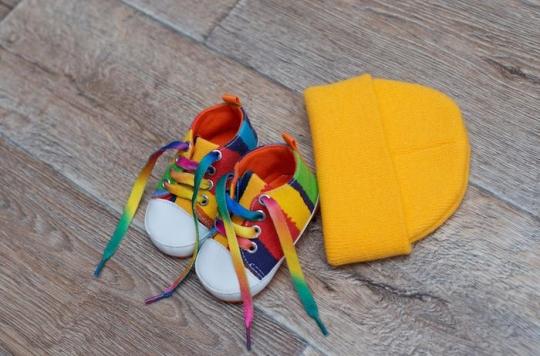The Terra Nova think tank takes stock of the last five years: crèche places should be better distributed to help disadvantaged families.

100,000 places. This was the goal of creating nursery places announced by Najat Vallaud-Belkacem in 2013, when she was still Minister of Women’s Rights. Last September, Jean-Louis Deroussen, Chairman of the Board of Directors of the National Family Allowance Fund (Cnaf), regretted this figure “which was ambitious” would not be reached by the end of François Hollande’s five-year term. .
In particular, the project encountered the reluctance of the municipalities, which cannot always cover their out-of-pocket costs per crèche place, around 3,000 euros per year. At the end of 2015, a little more than 40,000 places had nevertheless been created. But it is not so much the number of places as their distribution that is to be reviewed, considers for its part Terra Nova.
In a report that it publishes this Wednesday, the think tank estimates that with a more reasonable objective of 40,000 more places by 2022, but giving priority to the children who need it most, “in the neighborhoods people and rural areas ”, equality of opportunity would be promoted.
30 million words less
Because, according to Terra Nova, it is during this period that a lot of things come into play. “Even before entering kindergarten, a large proportion of our children are already affected by difficulties that school often struggles to overcome over the next ten years”, explain the rapporteurs in a press release.
They also recall the results of an American study, “The early catastrophe”, which had shown that at the age of 4, children from disadvantaged families had heard an average of 30 million words less than those from well-off families, who had heard. thus twice as much vocabulary.
Investments in nurseries are very profitable. The Carolina Abecedarian program, launched in the United States in the 1970s, focused on offering more stimulating activities, moving a daycare-like functioning towards learning.
And the long-term effects are clear: a dollar invested in this program would have brought in 2.5 dollars in additional income for the mothers, then for the children once active. It would also have made it possible to limit health expenditure. This is the most favorable period for educational investment.
Disadvantaged and disadvantaged
“Nurseries meet an important need for all families; but for poor children, they can change the course of a life ”. Unfortunately, French nurseries still welcome too few children from disadvantaged backgrounds, regrets the think tank. Yet these are the ones who would need it most. According to a DREES study published in 2014, the rate of these children in crèche is only 5%, while it is 22% for those from wealthy families.
Terra Nova also wants the allocation of places to be more transparent. In many establishments, they are reserved for children with both parents working. This favors children from well-off families. Administrative complexity also discourages the least informed parents, who are often also the most disadvantaged.
On the investment side, the share payable by the municipalities must be reduced from 20 to 5%, which would generate an additional cost of 90 million euros per year for the Cnaf, an increase of 2.6%.
.















